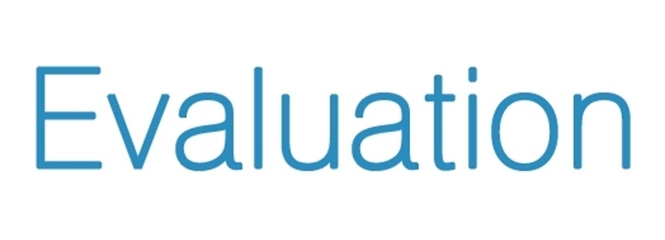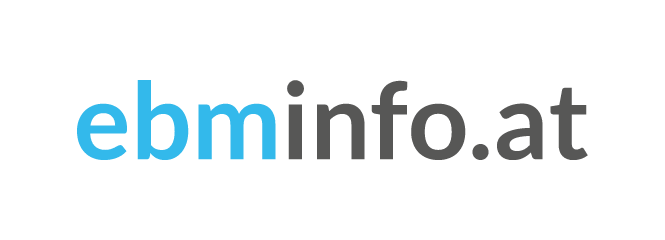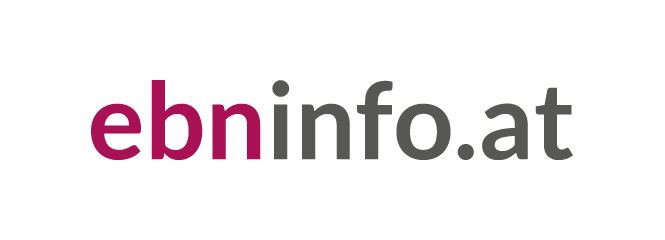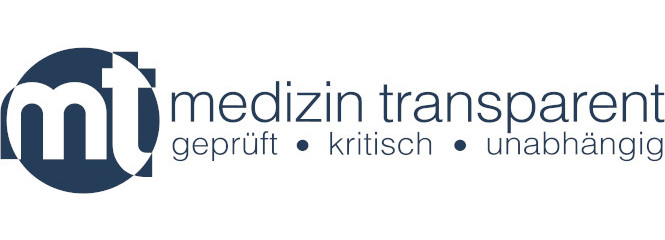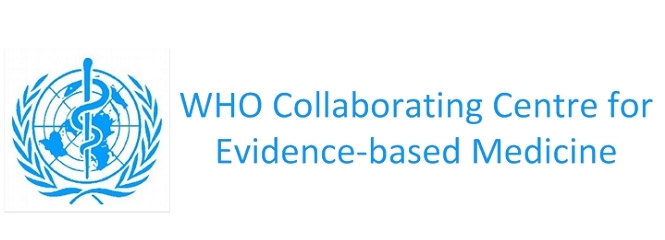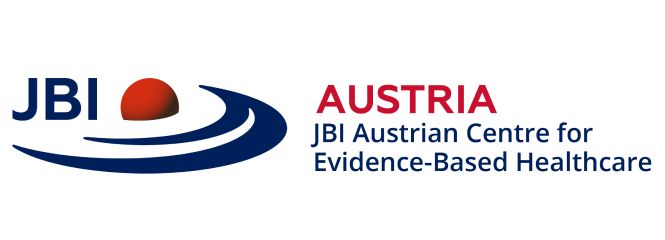The creation of systematic evidence syntheses, the evaluation of health promoting programs, and the dissemination of scientific knowledge to citizens and decision makers in the health system are the core competencies of our department.
The Department has comprises the following centres & divisions:
Cochrane Austria is part of a global, independent network made up of more than 30,000 scientists, health professionals, and patients.
The question of the effectiveness of health promotion and prevention measures is becoming increasingly important, particularly within the context of limited financial resources.
We reply to inquiries from physicians concerning everyday life at the hospital. The inquiries are anonymized and freely available.
This service is intended for a German-speaking audience.
We offer evidence-based answers to practice-relevant questions for health and nursing staff at hospitals in Lower Austria.
This service is intended for a German-speaking audience.
Medizin-transparent.at is a layperson's info page checking assertions relating to health topics on their veracity that are made by the media, advertising, or were found online.
This service is intended for a German-speaking audience.
Since 2017 the Department serves as a WHO Collaborating Centre. In this role we support the development and dissemination of evidence-based WHO guidelines.
This service is intended for a German-speaking audience.
The Austrian Centre for Evidence-Based Healthcare - JBI Austria - is part of the Joanna Briggs Institute (JBI) Collaboration.
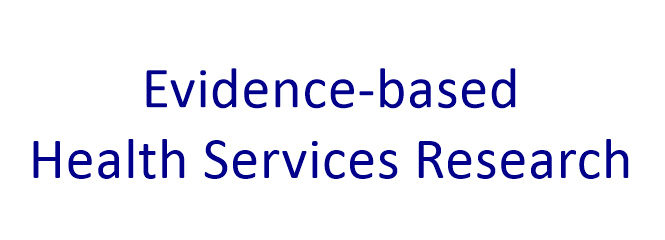 The Centre for Evidence-Based Health Services Research examines how inpatient healthcare is organised and delivered and develops practical improvement proposals.
The Centre for Evidence-Based Health Services Research examines how inpatient healthcare is organised and delivered and develops practical improvement proposals.
Tags
